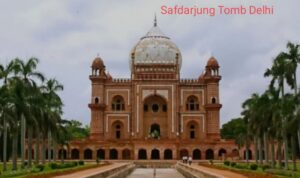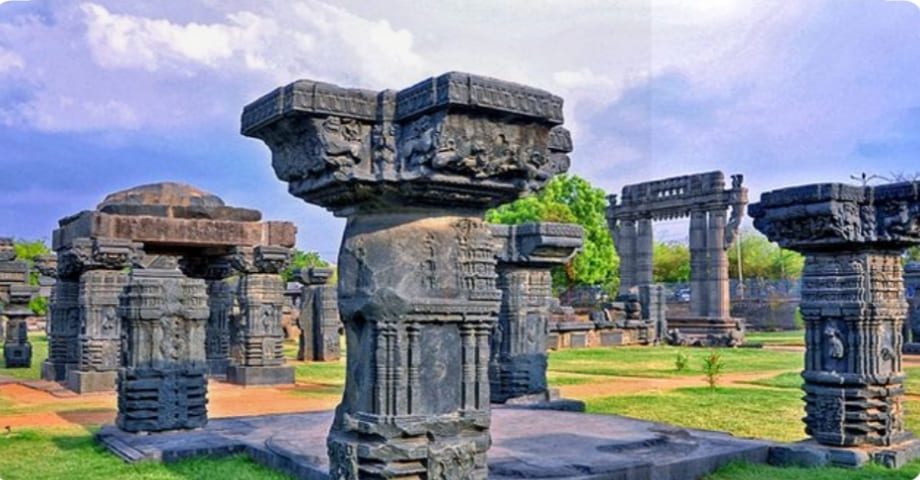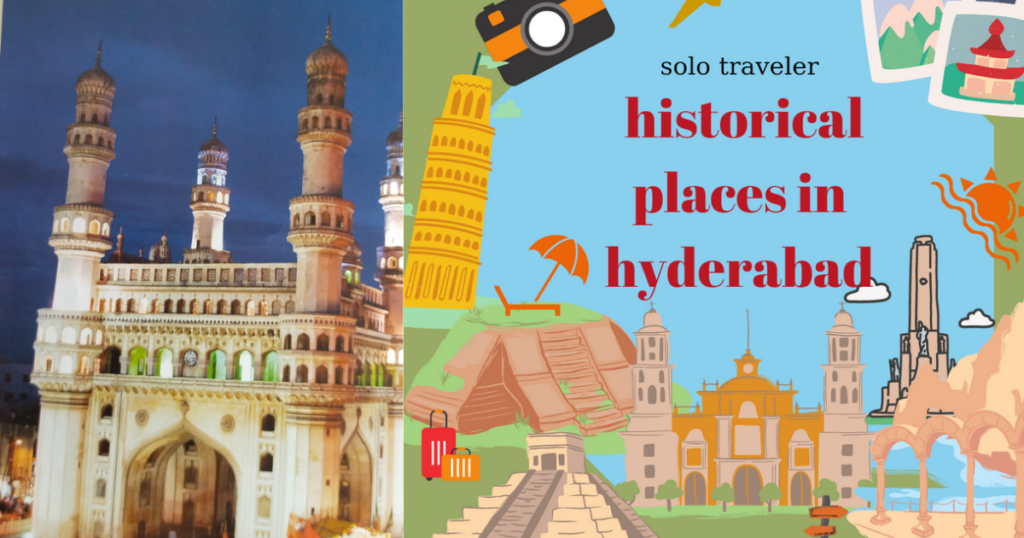Nestled in the heart of Delhi, Safdarjung Tomb Delhi stands as a testament to the grandeur of Mughal architecture and the rich history of India. Constructed in the mid-18th century, this majestic mausoleum offers a glimpse into the architectural brilliance of a bygone era. In this blog post, we will explore the history, architecture, and cultural significance of Safdarjung Tomb, along with practical information for visitors.

1. Safdarjung Tomb Delhi: Historical Background
Safdarjung Tomb was built in 1754 as a memorial for Mirza muqeem Abul Mansur Khan, popularly known as Safdarjung. He served as the Prime Minister of the Mughal Empire under Emperor Ahmad Shah Bahadur. The tomb was commissioned by his son, Nawab Shuja-ud-Daula, to honor his father’s legacy. This period marked the declining phase of the Mughal Empire, and the tomb stands as one of the last monumental constructions of the era.
2.Safdarjung Tomb Delhi: Architectural Features
The architectural style of Safdarjung Tomb is a blend of Mughal and Persian influences. It is often compared to the iconic Humayun’s Tomb due to its similar design elements. The tomb’s structure is made of red sandstone and marble, showcasing intricate carvings and ornamental details. The central dome, tall arches, and decorative elements reflect the architectural prowess of the Mughal period.
3.Layout and Design
The tomb complex is designed in the charbagh style, a traditional Persian garden layout symbolizing paradise. The garden is divided into four parts by walkways and water channels, creating a serene and symmetrical landscape. The main mausoleum stands at the center, featuring a large dome and several smaller chambers. The complex also includes a mosque, a madrasa (Islamic school), and several pavilions, adding to its grandeur.
4.Cultural and Historical Significance
Safdarjung Tomb holds significant historical value as it represents the last phase of Mughal architecture. It marks the transition from the grandeur of the Mughal Empire to its eventual decline. The tomb’s design and construction techniques influenced later architectural styles in India. Its comparison with other Mughal monuments, such as Humayun’s Tomb, highlights the evolution of architectural practices during this period.

5.Visitor Information
Located on Safdarjung Road, the tomb is easily accessible by various modes of transportation. It is open to visitors from sunrise to sunset, with an entry fee of INR 30 for Indian citizens and INR 200 for foreign nationals. The best time to visit is during the early morning or late afternoon when the light conditions are ideal for photography, and the weather is pleasant.
6.Photography Tips
Safdarjung Tomb offers numerous opportunities for photography enthusiasts. The symmetrical layout and intricate details provide a perfect backdrop for stunning shots. The best spots include the main entrance, the central dome, and the garden area. Early morning or late afternoon light enhances the architectural features, creating beautiful contrasts and shadows.
7.Preservation and Conservation
The Archaeological Survey of India (ASI) is responsible for the maintenance and preservation of Safdarjung Tomb. Over the years, various restoration efforts have been undertaken to preserve its structural integrity and architectural beauty. However, challenges such as pollution, weathering, and urbanization pose threats to its preservation. Continuous efforts are needed to ensure this historical gem remains intact for future generations.
8.Nearby Attractions
Safdarjung Tomb is surrounded by several other historical sites worth exploring. The iconic Lodhi Gardens, with its collection of tombs and monuments, is just a short distance away. Humayun’s Tomb, another masterpiece of Mughal architecture, is also nearby. Visitors can plan a day trip to explore these historical landmarks and gain a deeper understanding of Delhi’s rich heritage.
Conclusion:
Safdarjung Tomb is not just a monument; it is a reflection of India’s rich cultural and historical tapestry. Its architectural grandeur, historical significance, and serene surroundings make it a must-visit destination for history buffs and architecture enthusiasts. Whether you are a local or a tourist, a visit to Safdarjung Tomb promises a journey through time, offering a unique perspective on Delhi’s illustrious past. So, pack your camera, put on your walking shoes, and get ready to explore one of Delhi’s most captivating historical sites.
FAQ:
1.What is Safdarjung tomb famous for?
2.Can we take food inside the Safdarjung tomb?
3.What is the difference between the Taj Mahal and the safdarjung tomb?
4.Is safdarjung tomb and Humayun tomb the same?
5.Safdarjung Tomb ticket
6.Safdarjung Tomb nearest metro
7.Safdarjung’s tomb delhi price
8.Safdarjung’s tomb delhi history
9.Safdarjung’s tomb delhi ticket price
10.Safdarjung Tomb timing

